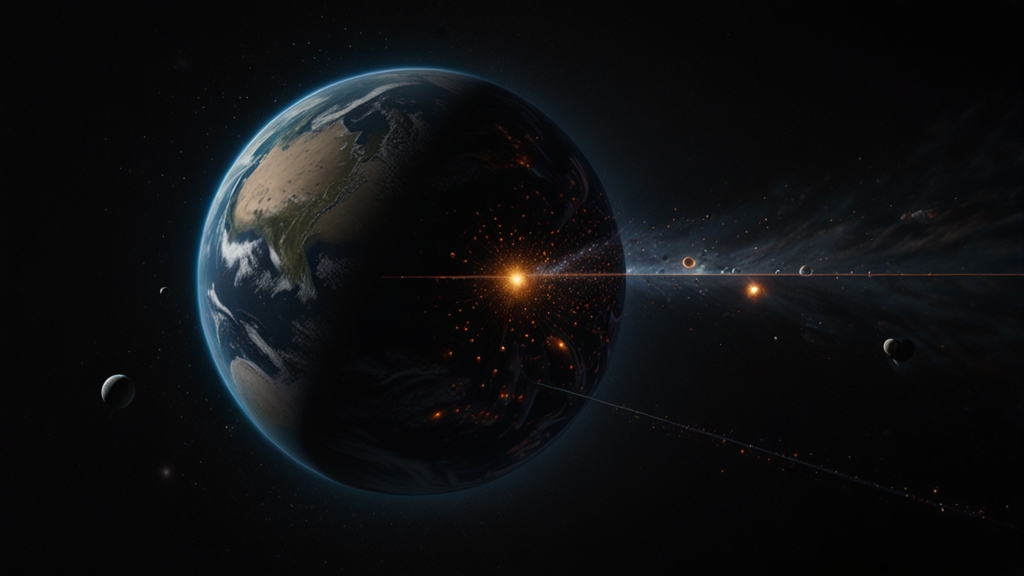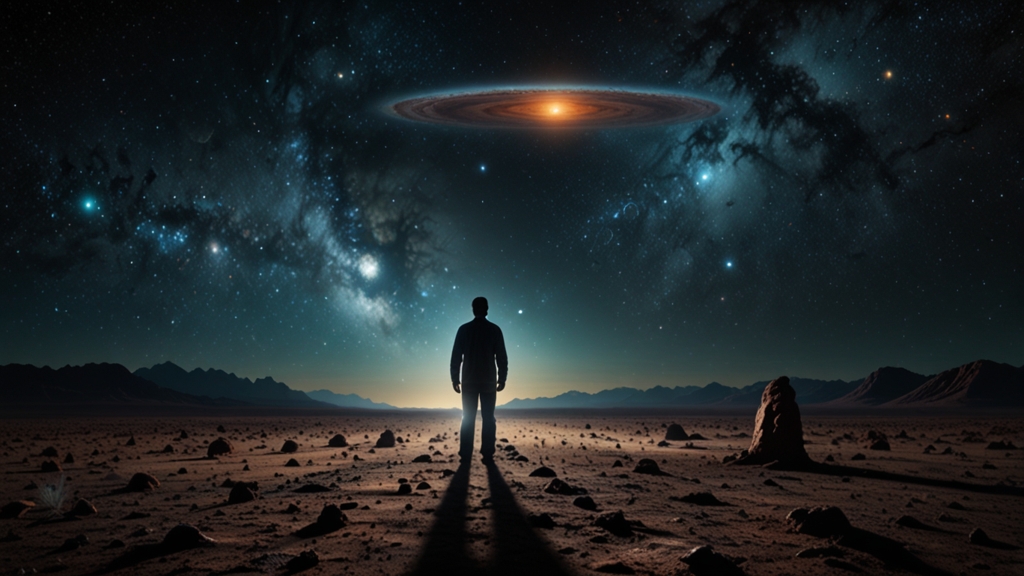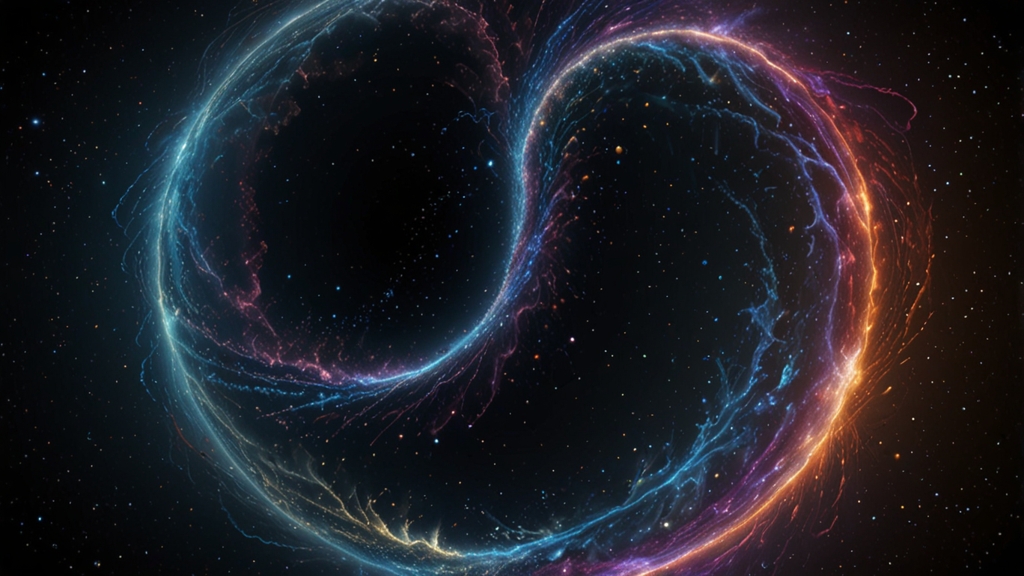The Dark Side of the Universe: What Physics Reveals
Our universe is a vast and mysterious place, teeming with phenomena that both intrigue and baffle astronomers and physicists alike. Among these enigmas, the concept of the "dark side" of the universe stands out prominently. This term, while reminiscent of science fiction, actually refers to two very real constituents of our cosmos: dark matter and dark energy. These elusive components together make up about 95% of the universe, yet remain largely undetectable through conventional means.
Dark Matter: The Invisible Sculptor
Dark matter is an unseen form of matter that does not emit, absorb, or reflect light, making it invisible to current telescopic technology. Despite its elusive nature, the existence of dark matter is inferred through its gravitational effects on visible matter. Galaxies, for instance, rotate at speeds that suggest there is far more mass present than we can see. This hidden mass is attributed to dark matter.
"We are much more certain what dark matter is not than we are what it is." - An astrophysicist
Current hypotheses suggest that dark matter could be composed of particles called WIMPs (Weakly Interacting Massive Particles) or axions, but direct detection remains one of the most significant challenges in physics. Experiments such as the Large Hadron Collider and deep underground detectors are ongoing, in hopes of unlocking the secrets of this cosmic phantom.
Dark Energy: The Cosmic Accelerant
If dark matter is the sculptor that shapes galaxies, dark energy is the force that drives the universe's expansion. In 1998, astronomers discovered that the universe’s expansion is accelerating, a revelation that led to the hypothesis of dark energy. This mysterious energy is thought to act in opposition to gravity, pushing galaxies apart at ever-increasing speeds.
"Dark energy is the most profound mystery in cosmology today." - A prominent physicist
Unlike dark matter, dark energy does not clump together but is spread uniformly throughout space. Its properties are less understood, but it is believed to account for about 68% of the universe’s total energy density. Current theories range from a cosmological constant, as proposed by Einstein, to dynamic fields that evolve over time. Understanding dark energy could profoundly change our grasp of fundamental physics and the fate of the universe.
Technological and Theoretical Frontiers
To unravel these dark secrets, physicists are employing a suite of advanced technologies. Space missions like the European Space Agency’s Euclid telescope, set to launch in the coming years, aim to map the geometry of dark energy with unprecedented precision. Ground-based observatories and particle accelerators continue to push forward our comprehension of dark matter.
Theoretical physics also plays a crucial role. Models incorporating supersymmetry, extra dimensions, and modified gravity are continuously being developed and tested. These theories not only aim to explain dark matter and dark energy but also strive to unify them with the known forces and particles within the Standard Model of particle physics.
The Philosophical Implications
Beyond the scientific quest, the dark side of the universe poses profound philosophical questions. It challenges our understanding of reality, the limits of human knowledge, and the nature of existence. If the majority of the universe is invisible and unknown, then what does that say about our place in it?
"The universe is not only queerer than we suppose, but queerer than we can suppose." - A famous cosmologist
In conclusion, the dark side of the universe is a frontier that beckons with both mystery and promise. As physics continues to probe these dark realms, we inch closer to a more complete understanding of the cosmos, and perhaps, a deeper appreciation of our own place within it.








